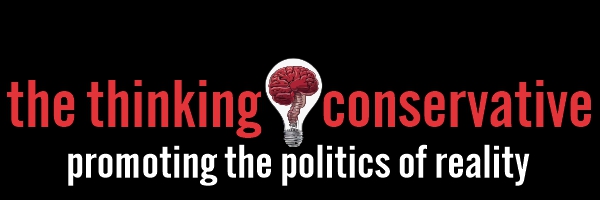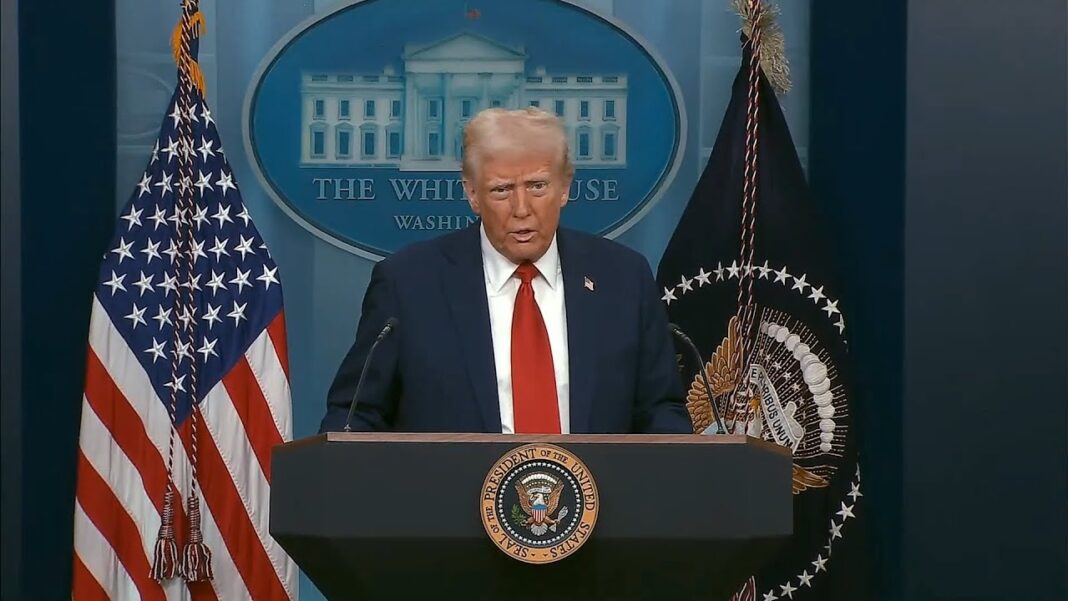During the 19th century, the Industrial Revolution was facilitated by a new form of technology: railroads. By 1890, an estimated $10 billion ($347 billion in today’s value) had been raised for the railroad industry in public stock offerings and private financings. We are living through a similar speculative bubble in the development of the latest transformative technology: artificial intelligence (AI).
Railways made it possible to ship high volumes of goods overland across previously treacherous routes and long distances at a high rate of speed. Railroad companies became the single-largest target industry for speculative investment in the mid-century, attracting capital from individual investors, banks, other investment companies, and governments.
Some of these startup companies were fraudulent and never laid a single mile of track. Others were legitimate but overexpanded and took on too much debt. Without adequate demand and too many competitors, they struggled to make a return on their investment. By 1890, approximately half of all the companies that funded more than 50 years of railroad mania had gone bankrupt.
The Panic of 1893 would, in one year alone, take out many more, representing 25 percent of U.S. railroad companies. Bankruptcies included major rail lines such as Philadelphia and Reading, Erie, Northern Pacific, and Union Pacific. The industry was saved by a banking consortium led by financier J.P. Morgan, which forced consolidation and created higher-priced monopolies over the regions.
We are currently experiencing a speculative bubble in the development of AI. While specific numbers are difficult to pinpoint, the cumulative investment in AI already easily totals hundreds of billions of dollars. Companies involved in AI represented the vast majority of earnings and market value gains in 2024. Investors have piled into anything related to the novel technology.
The “Magnificent Seven” tech companies grew their earnings by 33 percent in 2024. Excluding these seven largest AI-related tech companies, the remaining 493 companies in the S&P 500 grew their earnings by only 4 percent. In the fourth quarter alone, the market value gains of the Magnificent Seven represented more than 100 percent of the S&P 500’s returns, implying the rest lost market value.









